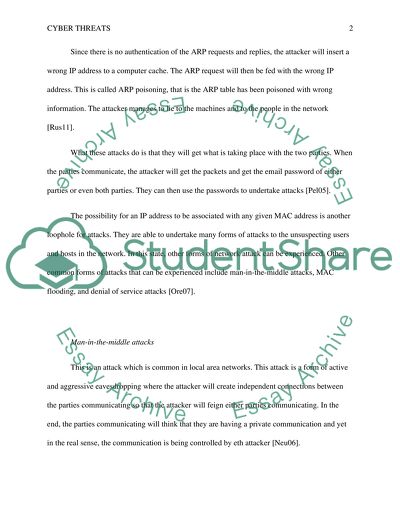Cite this document
(“Cyber Threats Assignment Example | Topics and Well Written Essays - 1000 words”, n.d.)
Cyber Threats Assignment Example | Topics and Well Written Essays - 1000 words. Retrieved from https://studentshare.org/information-technology/1462640-y-week
Cyber Threats Assignment Example | Topics and Well Written Essays - 1000 words. Retrieved from https://studentshare.org/information-technology/1462640-y-week
(Cyber Threats Assignment Example | Topics and Well Written Essays - 1000 Words)
Cyber Threats Assignment Example | Topics and Well Written Essays - 1000 Words. https://studentshare.org/information-technology/1462640-y-week.
Cyber Threats Assignment Example | Topics and Well Written Essays - 1000 Words. https://studentshare.org/information-technology/1462640-y-week.
“Cyber Threats Assignment Example | Topics and Well Written Essays - 1000 Words”, n.d. https://studentshare.org/information-technology/1462640-y-week.


